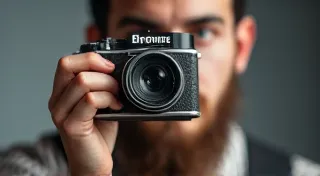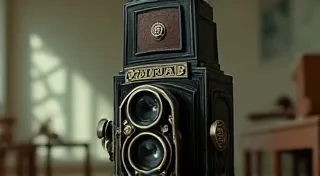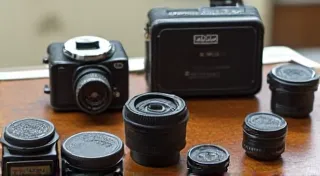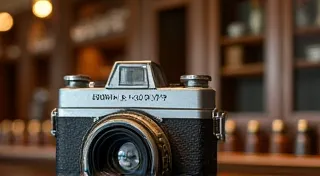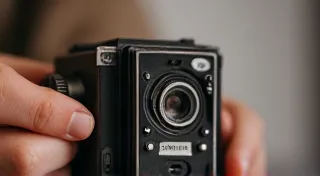The Kodak Brownie cameras hold a special place in photography history. Their affordability and simplicity democratized picture-taking, allowing millions to capture memories. But even a simple camera like a Brownie benefits from a good understanding of its operation. This is where original Brownie camera manuals become invaluable. Finding and using these manuals can seem daunting, but this guide will provide you with the knowledge to track them down and unlock the secrets to operating your vintage Brownie correctly. Understanding the historical context behind these cameras is also fascinating - the Brownie truly sparked a photographic revolution.
While Brownies are known for their straightforward operation, the nuances of each model – from the original Brownie to the later folding models – can be lost without a manual. They provide crucial information regarding:
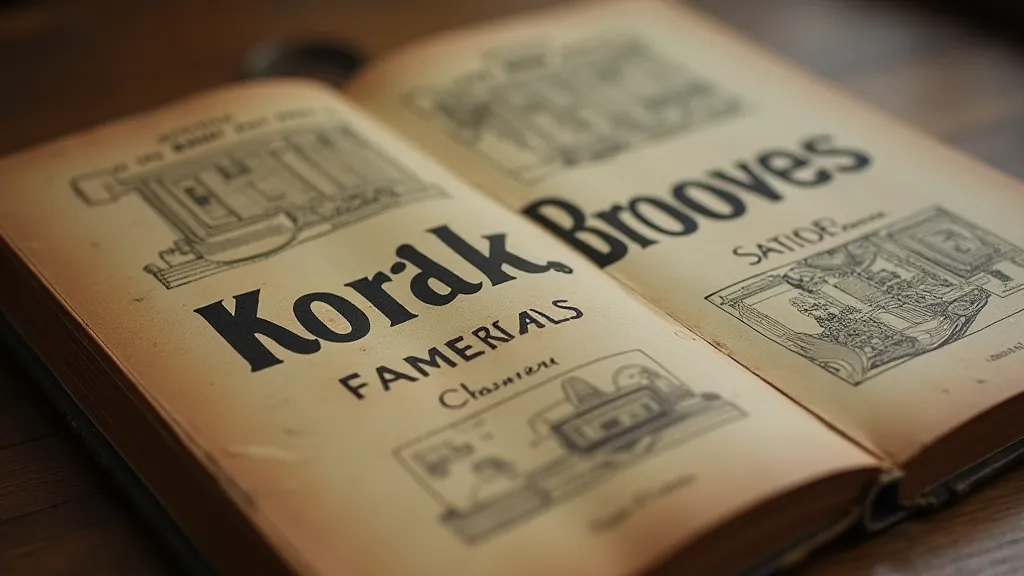
Locating original Brownie camera manuals requires some detective work. Here are several avenues to explore:
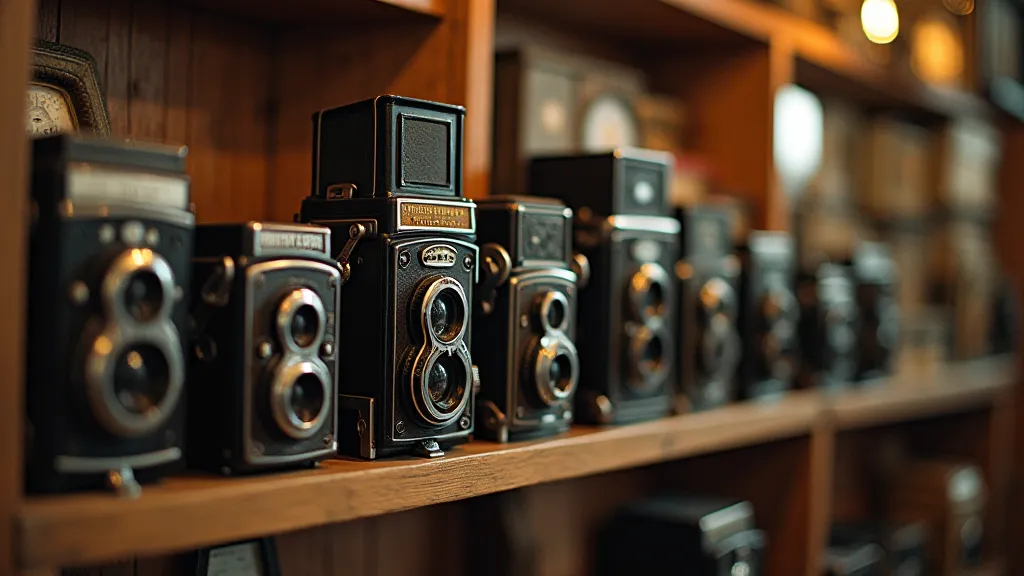
Once you’re in possession of a Brownie camera manual, learning to interpret it is crucial. Here are some tips:
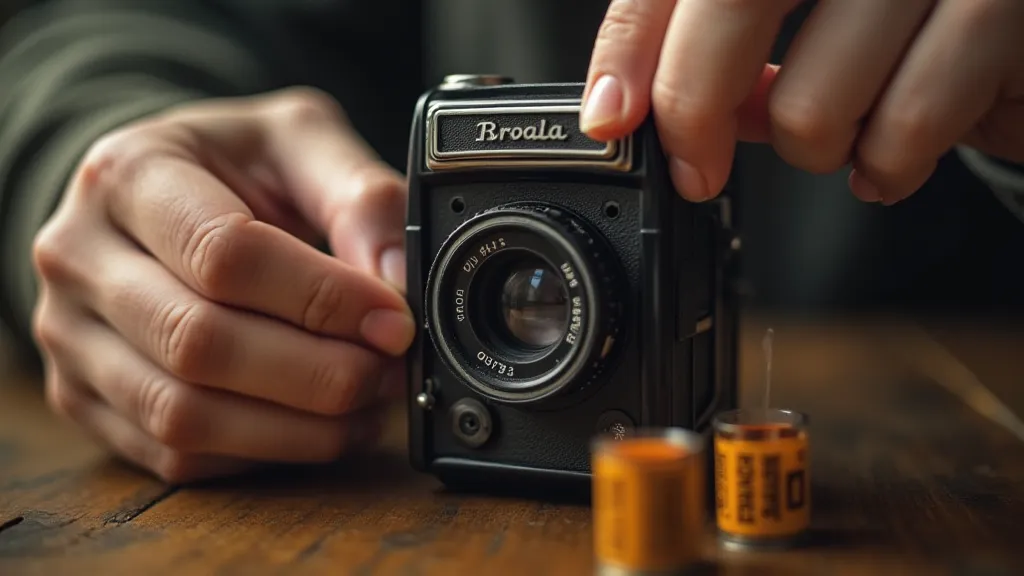
Even with a manual, you might encounter problems. Here are some common issues and how the manual – or further research – can help:
Original Brownie camera manuals are fragile documents. To ensure their longevity:
Beyond simply understanding how to operate the camera, preserving its usability often involves careful maintenance and attention to detail. Knowing how to properly load film and troubleshoot common issues is vital to keeping your vintage Brownie in good working order. If you’re feeling overwhelmed by the process, exploring resources such as forums and online guides dedicated to vintage photography can be incredibly helpful. Understanding the history and evolution of Kodak’s offerings can also deepen your appreciation for these iconic cameras. For those seeking to master the art of vintage photography, particularly when dealing with older equipment, exploring how to get the best results with a vintage camera is essential.
Furthermore, a great deal of charm of these cameras comes from the imperfections that are inherent to older technology. While meticulously following the manual is important, embracing these quirks and learning to work with them can lead to uniquely beautiful and evocative images. The deliberate lack of automation and the reliance on manual controls encourage a more thoughtful and engaged approach to photography, a stark contrast to the instant gratification often associated with modern digital cameras. Many photographers find that the process of meticulously loading film, adjusting aperture and shutter speed, and carefully composing a shot fosters a deeper connection to their subject and a greater appreciation for the art of photography.
Ultimately, collecting and appreciating vintage Brownie cameras is a rewarding hobby. With a little effort, you can find and utilize original manuals to enhance your understanding and enjoyment of these iconic cameras. Happy shooting!
